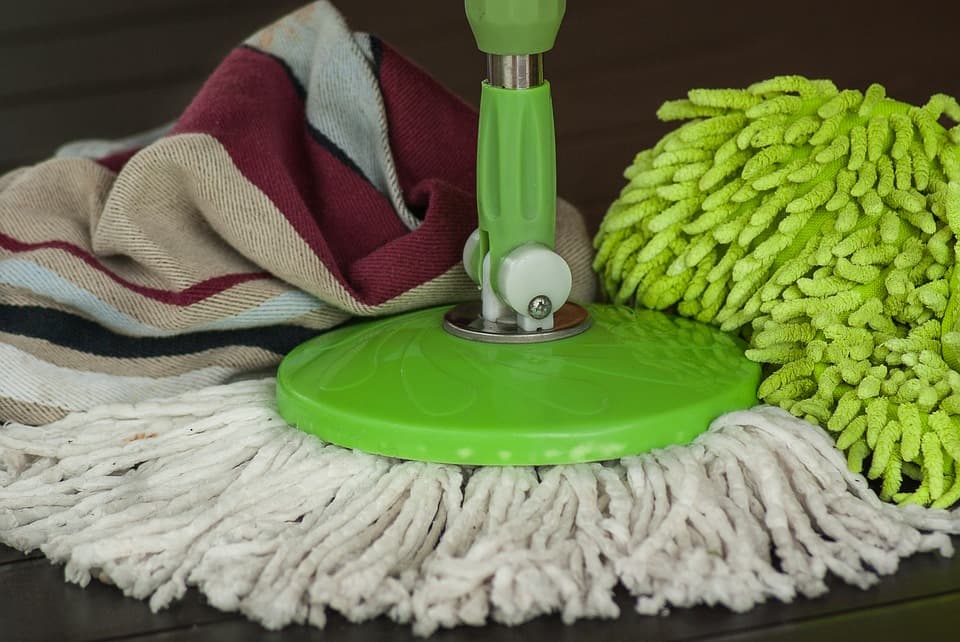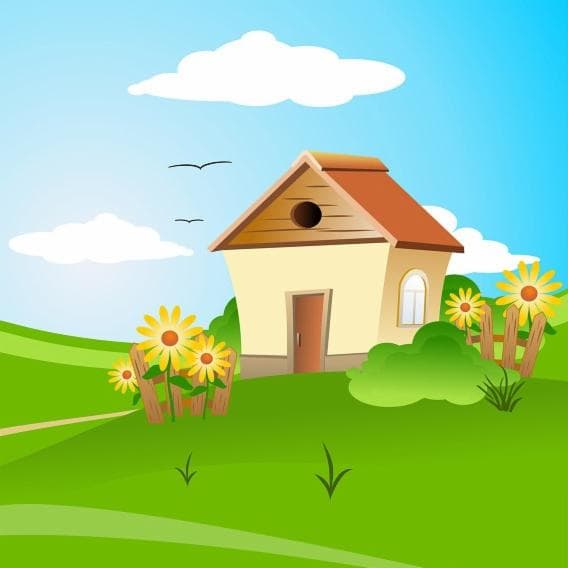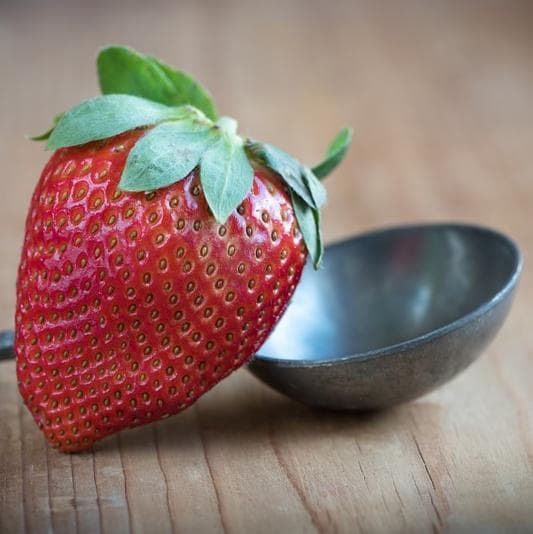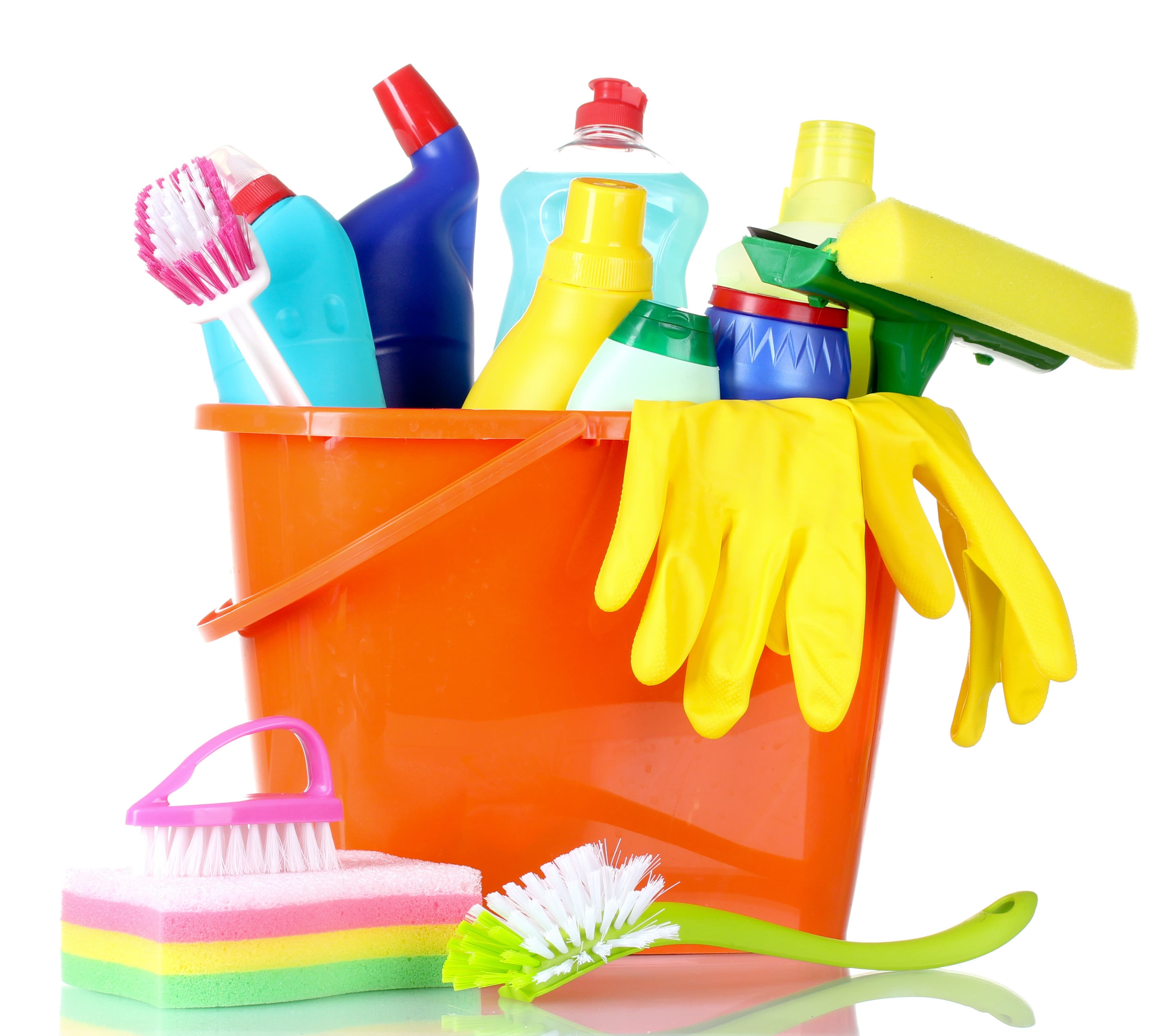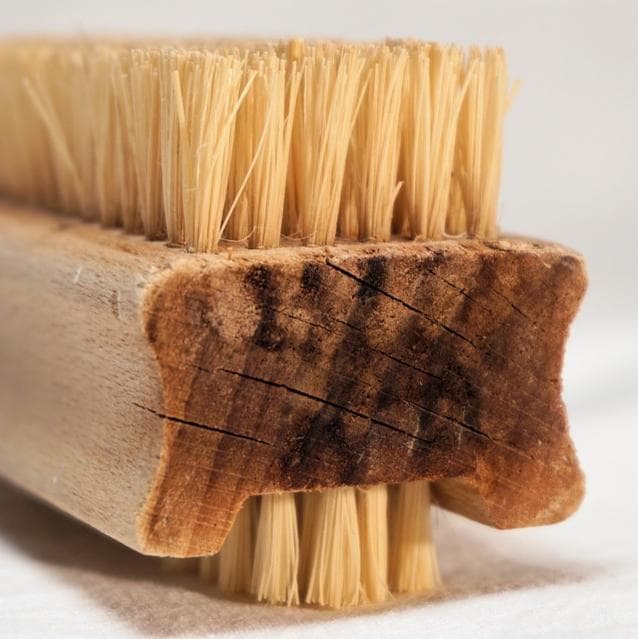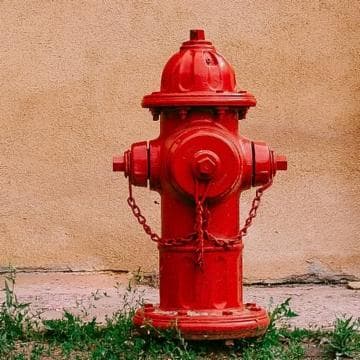Houseplant Checklist
5 stars
Scores 4.80 with 111 votes

Views
138
Views: 138
Uses
5
Uses: 5
Tasks
25
Tasks: 25
- Know if the location for your plant receives bright, partial or low light.
- Plants usually have a care tag that will give information on required light, water and growth patterns.
- Before buying, look the plant over carefully. Examine the leaves for holes, insects, yellow or brown leaves, wilted or dead leaves. Pass up plants that look unhealthy.
- If the roots of the plant are growing out the drainage holes, the plant is root-bound and needs to be re-potted in a larger container. If the mass of roots is very large, the plant might be in poor health and not survive transplanting.
- Potting soil should have an earthy smell, not sour or unpleasant. There should not be insects, fungus or white crusts on the soil.
- Check your plants daily by feeling the surface of the soil. Don’t wait until all the soil is dry and the plant wilts.
- When watering, slowly pour in water until it runs out the drainage holes of the pot. This thoroughly soaks the soils, and encourages healthy root growth.
- Water with tepid or slightly cool water. Very cold water can shock the plant’s roots.
- Feed your plants with a fertilizer specifically formulated for houseplants once per week spring through fall. Follow package directions for application, and don’t assume more fertilizer is better.
- Remove dead leaves by clipping with a scissor.
- Each week, turn your the container one quarter around. This will keep the plant growing straight, without bending towards the light source.
- Don’t let your plant sit in a tray full of water. The roots will rot.
- If your home is very dry, you can increase humidity by placing pebbles in the drainage tray, and moistening them with water. Make sure the pot is above the water level.
- You can increase humidity and freshen leaves by misting your plants with room temperature water.
- Rinse your plant’s leaves off in the sink occasionally to remove dust, or wipe with a wet cloth.
- Most houseplants need little pruning, but if your plant is getting too large or has an awkward shape, use a clipper to gently trim back to desired size.
- If your plant is large in its pot, and starts growing roots through the drainage holes, it is time to move it to a larger container.
- Check your plant for insects weekly. Common houseplant pests include mealy bugs, spider mites, scale and fungus gnats. Pests can be treated with insecticide formulated for houseplant use.
- Most houseplant diseases are caused by over-watering. Watch for gray powder on the leaves, mushy or wilted stems, dropping leaves or a sour smell. These are signs of fungal infection, which can be difficult to treat. You can try a fungicide spray, but the plant may not recover.
- Plants kept too near a heat source can develop brown, crispy spots on the leaves. Move to a cooler location.
- Signs of under-watering include very dry soil, wilting leaves and eventual death and drying of leaves.
- Plants that are exposed to cold temperatures may develop yellow or brown leaf edges, or drop leaves. Move to a warmer spot.
Details
Growing plants indoors is a great way to bring the beauty and color of nature into your home. There is a tremendous range of plants that grow indoors, many with colorful flowers or foliage. Indoor plants help purify the air in your home, providing health benefits by increasing humidity, removing pollutants from the air and increasing oxygen levels. With all those benefits, what's not to love?
Tips
- Low light. Some of the best plants for low light are Chinese evergreen, corn plant and snake plant.
- Medium light. Good choices for medium light are pothos, palm and peace lily.
- High light. Your brightest location is a good spot for croton, umbrella tree and ficus.
Suggest Improvements
Rate this Checklist
5 stars
Scores 4.80 with 111 votes
